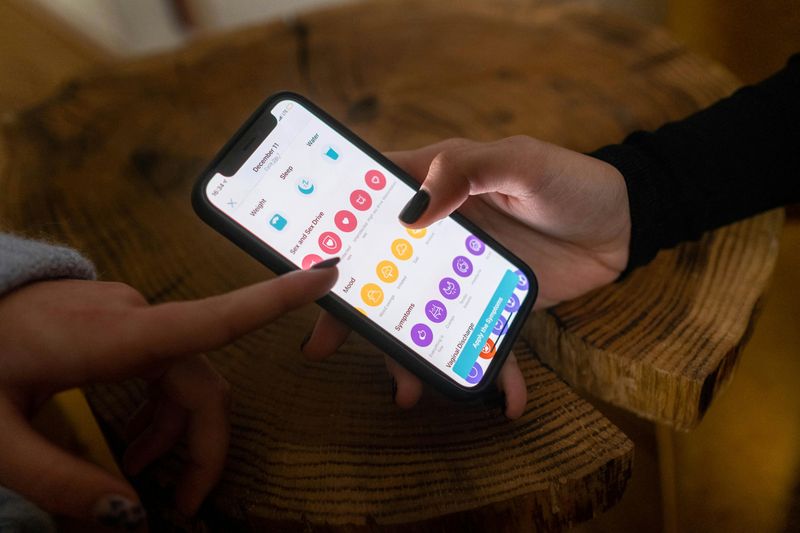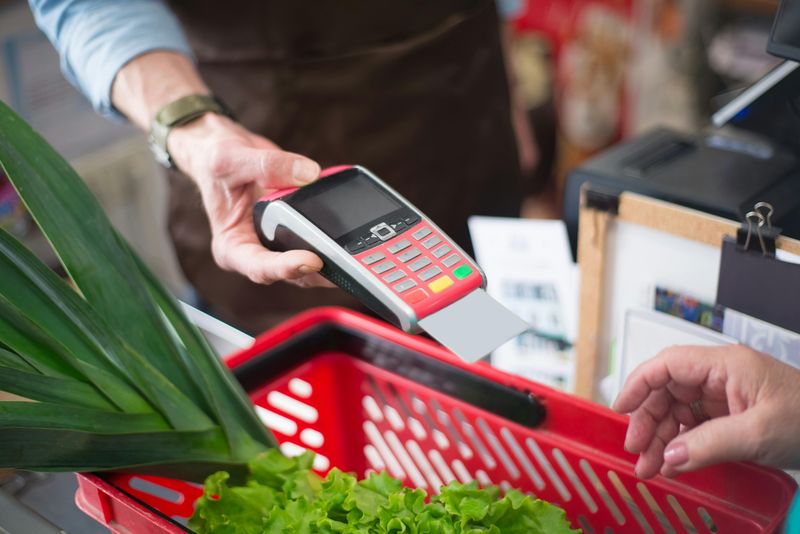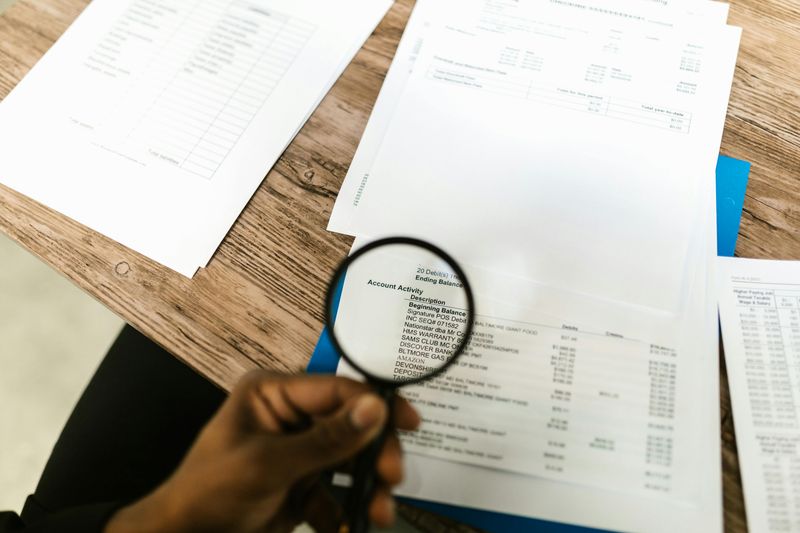If You’re Always Broke Before Payday, Check If You’re Making These 15 ‘Tiny’ Money Mistakes

Payday shows up like a hero, but somehow your wallet still taps out by midweek. The culprit usually isn’t one big purchase—it’s a swarm of tiny, sneaky expenses nibbling at your cash.
Fix a handful of these small habits and you’ll feel richer without earning an extra dollar. Ready to stop the leaks and actually keep your money? Dive in.
1. Ignoring Small Daily Purchases

Little splurges rarely feel dangerous, yet they gang up on your paycheck like velociraptors. A coffee, a snack, a bottle of water—those quiet swipes rarely register in your brain, but they slam your balance by month’s end.
The trick is visibility: log each tiny buy for two weeks and watch the pattern reveal itself in fluorescent highlighter. Then set a micro-budget and use cash or a prepaid card so the meter runs out before you do.
Bundle routine treats—brew at home, buy multipacks, carry a refillable bottle. Build a rule like “three treats a week” and make them count. You’ll still enjoy your fix, just without subsidizing the coffee shop’s quarterly earnings. Small choices, stacked daily, become rent-sized line items.
Once you see the totals, it’s impossible to unsee them. The shock alone can reset your autopilot spending. Change the defaults, and the dollars stay home.
2. Letting Subscriptions Auto-Renew

Those “free trials” and forgotten memberships drift quietly like submarines under your budget radar. They stack into a monthly undertow that drags your account into the red, $7.99 at a time. Do a subscription audit: email search for “receipt,” “renewal,” and “trial,” then list every recurring charge.
Decide keep, pause, or cancel; overlap services? Choose one. Set calendar reminders a week before renewal dates so blindsides die forever. Rotate subscriptions—one month per service, binge, then swap. Use shared family plans or library options where possible. If a service won’t be missed for two weeks, you won’t miss it for two months.
Turn off auto-renew and force a conscious yes each cycle. Consider annual plans only if you’ve used the service consistently for three months. Subscriptions should serve you, not squat on your paycheck.
3. Not Tracking Micro-Spending

Budgeting often covers rent, utilities, and car payments but ignores the sneaky middle: snacks, rideshares, quick gifts, tip jars. Those tiny charges act like confetti—one piece is cute, the cleanup is brutal.
Set up a micro-spend ledger in your notes app or use a category in your budgeting tool labeled “under $15.” Track for 21 days to capture your true baseline. You’ll likely uncover patterns tied to stress, boredom, or convenience. Create friction: turn off one-tap payments for nonessentials or require face ID plus a pause.
Cap daily cash: a $10 allowance beats vague restraint every time. Bundle errands to reduce impulse buys, and review your log weekly. Awareness shrinks the fog around your money.
When small spends become visible, they become controllable. You can’t fix what you can’t see. Shine a light, reclaim your paycheck.
4. Ordering Food Instead of Cooking ‘Just This Once’

Delivery feels like a harmless treat until it’s a thrice-weekly reflex with fees wearing a tuxedo. One $25 order isn’t catastrophic; three a week is a car payment dressed as pad thai. Combat it with a “fast meal kit” shelf: shelf-stable pasta, jarred sauce, frozen veggies, pre-cooked proteins.
Create five 15-minute dinners you can cook faster than the courier can ring your doorbell. Keep a hunger buffer—snack before deciding so your logic outruns your stomach. Use a rule: delivery only on planned nights or after hitting a weekly goal. Batch-cook on Sunday; freeze single portions to destroy the “nothing to eat” myth.
When convenience is your budget’s boss, your bank balance resigns. Put speed on your side and make home the fastest option. Your wallet will taste the difference.
5. Paying Convenience Fees Without Thinking

ATM fees, delivery surcharges, parking, and “service” line items nibble away like piranhas. Death by a thousand $3 bites becomes a $70 month before you blink. Map your common fee traps: cash-only spots, peak-hour parking, surge pricing.
Choose a bank network with fee-free ATMs near your routine. Preload transit cards and use curbside pickup instead of delivery. Read checkout screens: uncheck extras you don’t need. Keep small bills on hand for tip jars to avoid ATM raids.
or parking, use comparison apps or walk an extra block for cheaper lots. The goal is deliberate friction—pay only for speed when speed truly matters.
Fees aren’t tiny; they’re stealth taxes on your impatience. Treat them like optional purchases requiring a yes. Say no often, and your balance says thanks.
6. Not Returning Items You Don’t Use

That sweater still tagged in your drawer is basically a $48 nap. Returns feel tedious, so money naps in your closet until it’s gone for good. Build a return ritual: keep receipts in a photo album app, store packaging in one bin, and set a weekly “errand hour.”
Know policies—some stores allow mail-in labels you can print in two clicks. If you’re unsure, try-on immediately and decide within 48 hours. Create a 7-day rule: if it isn’t used or loved by then, it goes back. Consider opportunity cost—a quick return run often equals an hour of post-tax wages saved.
Returning isn’t hassle; it’s found money. Treat it like cash waiting at customer service. Cancel closet clutter and fund your next priority instead.
7. Forgetting About “Little” Annual Fees

Annual charges hit like a surprise birthday party you didn’t want and have to fund. Memberships, credit card fees, software licenses—they arrive when your budget is already tight. Prevent ambushes by creating a sinking fund: divide each annual fee by 12 and auto-transfer monthly.
Track renewal dates in your calendar with two reminders: 30 days and 7 days out. Before paying, reassess value: did you use it enough to justify the cost? Negotiate or downgrade tiers, or switch to a no-fee alternative. If a fee buys perks you never use, it’s not a perk—it’s a penalty.
Annual isn’t tiny; it’s concentrated. Spread the cost across months so it feels like a drizzle, not a downpour. Plan ahead, and surprise fees lose their fangs.
8. Buying Name-Brand When Generic Works the Same

Labels whisper status, but your bank account doesn’t speak couture. Many generics match brand-name ingredients and performance; what you’re often buying is marketing. Test swaps in low-stakes categories first: pantry staples, cleaning supplies, over-the-counter basics.
Keep a notes list of winners and losers so you don’t repeat duds. Price-compare per ounce—small differences per item become big annual savings. If taste matters, blend half-and-half for a week to adjust. Retailers hide generics on lower shelves; bring them up to your eye-line mentally.
Once the fear fades, the savings stick. Keep brands for the few items you adore, and let generics pay for them. Smart trade-offs beat blind loyalty—and your grocery bill shrinks without flavorless living.
9. Ignoring Gas Price Differences

Convenience pumps your wallet dry when you default to the nearest gas station. A 20–40 cent per gallon difference adds up quietly over a month. Use price apps to map cheaper stations along your regular routes, not across town. Fill up midweek mornings when prices often dip, and keep your tires properly inflated to stretch every gallon.
Combine errands to cut miles, and pay with a card offering boosted gas rewards. Consider warehouse clubs if you’re already a member. Small optimizations turn into real dollars without detours eating the savings.
Set a threshold: if the cheaper station is within a mile or on your way, you stop. Otherwise, you keep rolling. Your tank—and balance—will both last longer.
10. Not Meal-Planning

Improvised dinners are a buffet of blown budgets: random groceries, rotting produce, and emergency takeout. Planning doesn’t need a spreadsheet—just pick four dinners, batch a lunch, and leave flex nights.
Check your pantry first so you buy ingredients once and use them twice. Shop with a list and eat before you go to outwit impulse aisles. Prep basics on Sunday: wash greens, cook grains, portion proteins. Build a “rescue meal” like quesadillas or stir-fry for nights when energy collapses. Track favorite low-cost recipes in a shared document so your future self doesn’t reinvent the wheel.
Planning is permission to relax midweek. When dinner decides itself, your wallet stops panicking. Consistency beats culinary genius—keep it simple and funded.
11. Buying Cheap Items That Wear Out Faster

Bargain bins can be money traps in disguise. Low-quality goods demand constant replacements, turning a discount into a subscription to disappointment. Calculate total cost of ownership: if the pricier item lasts three times longer, it’s the better deal.
Read reviews for durability, not just aesthetics. Prioritize quality for daily-use items—shoes, cookware, cables, backpacks. Buy once, cry once, then enjoy silence from your bank alerts. If cash is tight, time your purchase with sales or buy refurbished from reputable sources. Keep receipts and warranties organized for repairs.
Frugality isn’t cheapness; it’s wisdom about longevity. The right tool saves time and money. Spend with intention and your future self will applaud from a thicker wallet.
12. “Treating Yourself” Too Often

Self-care morphs into self-sabotage when tiny rewards become default routines. A latte for “surviving Monday” plus a pastry for “being productive” quietly turns daily. Set a treat budget and define what actually feels special.
Swap automatic treats for planned ones tied to goals—Friday celebration, month-end milestone. Replace price-heavy delights with affordable rituals: fancy tea at home, sunset walk with a podcast, library haul. Track frequency; if it’s more than twice a week, it’s not a treat, it’s a habit wearing glitter.
Joy isn’t the enemy—mindlessness is. Keep indulgence intentional so it remains delicious. Celebrate smart, and your account will clap along.
13. Rounding Up Instead of Calculating

Estimating expenses sounds efficient, but it’s usually optimistic fiction. Saying “around twenty” five times creates a math mirage and a shrinking balance. Use exact numbers: snap receipts, enter totals, or automate with a spending app.
For cash purchases, round up for savings, not guesses—transfer the difference into a stash. Build a five-minute nightly tally so mistakes don’t snowball. If you loathe tracking, set category envelopes; the moment the envelope’s empty, the math is done for you.
Precision is liberating. You’ll spend with confidence because you actually know the score. Trade fuzzy math for clear choices, and watch the leaks dry up.
14. Forgetting About Bank Account Minimums

Minimum balance rules are booby traps for busy people. Dip below by a few dollars and fees pounce like a cat on a laser dot. Choose accounts with no minimums or set up balance alerts at thresholds that give you time to react. Keep a small buffer in checking—call it your “fee firewall.”
If you’re stuck with a minimum, link a no-fee savings account for overdraft protection. Review bank terms annually; loyalty doesn’t earn refunds, asking often does. One phone call can reverse a fee, especially if it’s your first in months.
Make your bank work for you, not against you. Fees for being slightly human shouldn’t exist. Design your accounts so slip-ups don’t cost rent money.
15. Not Setting Aside Money Right After Payday

Money without a mission vanishes like socks in a dryer. Paying yourself first—automating transfers to savings, bills, and goals on payday—locks in progress before temptations wake up. Set a percentage, even 5%, and treat it like rent you owe your future self.
Split deposits: emergency fund, sinking funds, debt payments. Use separate accounts nicknamed with goals so every dollar has a job. Then spend what’s left guilt-free.
Automation beats willpower when Friday night arrives. If you must adjust, tweak the amounts next payday, not mid-month. Give every dollar a destination on day one, and you’ll stop wondering where it all went.

Comments
Loading…